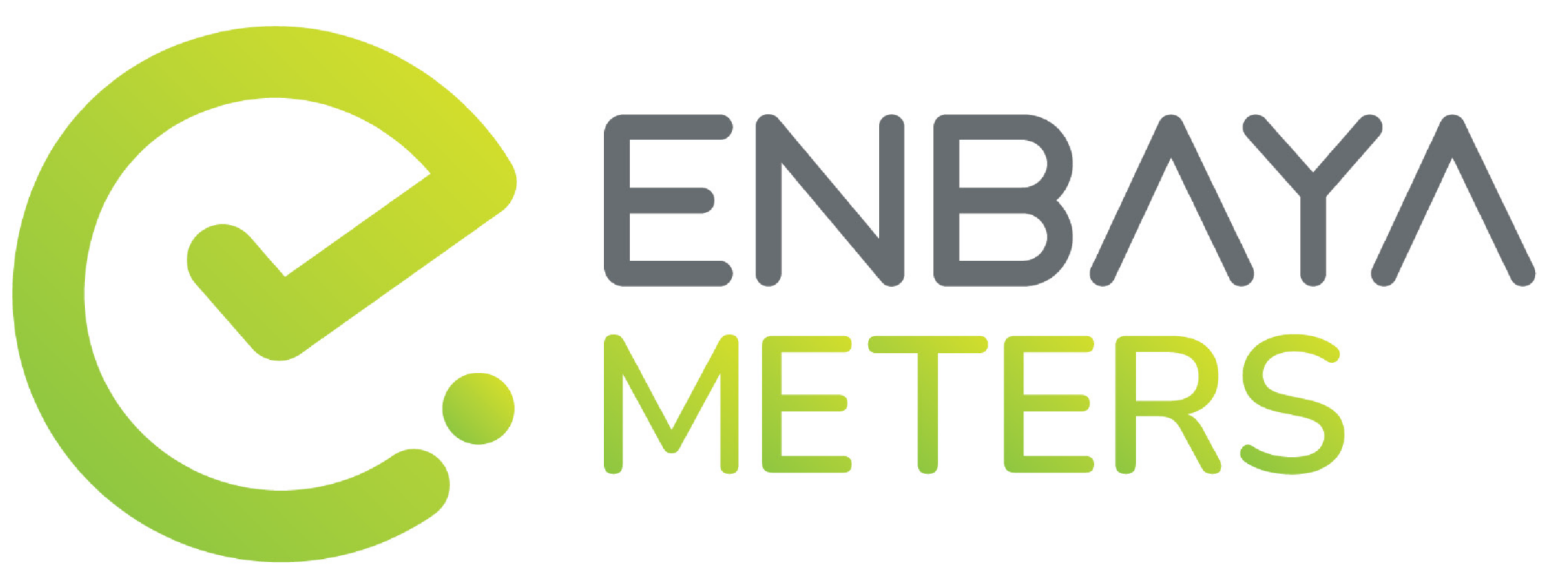
Every Time.














Month after month. Every month!




 HELPDESK
REGISTER
GET A QUOTE
HELPDESK
REGISTER
GET A QUOTE


How IBT works
This is a relatively new concept as far as tariff types go, as Nersa[1] only approved this structure for use by Eskom, in February 2010. Up to this point in time a consumer would pay a fixed rate per unit consumed irrespective of how much they consumed during the month. Today there are still Municipalities that choose to stay on the fixed rate for residential properties, like Ekurhuleni, however, as many more, adopted the IBT structure.
Consumers are constantly reminded of the pressure that high electricity demand places on the national grid and when the system is overloaded the inevitable load shedding occurs. In the same way, high demand of water, especially when threat of drought looms, risks the supply.
Unfortunately, asking nicely tends to fall on deaf ears, therefore soft punitive measures are put in place to encourage consumers to behave more responsibly and be aware of what they are using. IBT was introduced as one of these measures, effectively what an IBT tariff type means, is that a consumer will pay more per unit, the more they consume during the month.
Let’s illustrate this by applying the 2 tariff types to a prepaid meter:
On a fixed rate you would be paying let’s say R2.11 per kilowatt hour. The published tariff would then look like this:
RR.1.1 All Seasons | |
Voltage | Tariff R/Unit |
230/400 V | R2.1117[2] |
At the beginning of the month you purchase a token for R700. At this tariff rate you would then get 331kWh (rounded). Later on in the month you make a second purchase also for R700 and again you get 331kWh.
Your total cost for the month is then R1400 for 662kWh[3]. Simple, straight forward and as you go.
On an IBT tariff type your published tariff will look like this:
Tiers/ Blocks | Total monthly consumption | Tariff R/Unit |
Tier 1 | 0-500 | 2.1117 |
Tier 2 | 501-1000 | 2.2767 |
Tier 3 | 1001-2000 | 2.3683 |
Tier 4 | 2001-3000 | 2.4417 |
Tier 5 | 3000+ | 2.5107 |
The more kwh purchased then during the month the more you will pay per kwh.
Using the same example as above, you purchase a token at the beginning of the month for R700 and receive your 331kWh. Again, you purchase a second token later on also for R700 but this time you only receive 319kWh.
What happened? For my R1400 I only got 650kWh.
The system has kept a record of your last purchase. Because your next purchase took you over the 500kwh limit of Tier 1, the Tier 2 rate of R2.2767 had to be applied to the balance.
To put it another way, you were allowed 169kWh (500-331, the balance of tier 1) at the Tier 1 rate of R2.1117. The remainder of your purchase, R343.12 was then calculated at Tier 2 which gave you 150kWh (rounded).
169 + 150 = 319kWh
The IBT method is applied on a monthly basis so on the 1st of each month the system does reset, in other words, the accumulative total is only valid for the month. Should your next purchase during the same month have resulted in you exceeding 1000kWh for the month, then the Tier 3 rate of R2.3683 would have been applied and you would have received even less number of units.
Very often we have consumers asking that either; if they buy the units in bulk upfront they will get a discount or they can save by buying small amounts more frequently during the course of the month. The IBT tariff does not calculate the number of units based on the time or frequency of purchases. The system, irrespective of when or how often, will for the month, keep a running total of units purchased and apply the higher rate when the next tier is reached.
If a consumer then keeps their monthly consumption within the first tier, which is what Eskom is advocating, then demand, by this incentive, is then reduced and you are saving on the rate per unit.
Broadly speaking there are 4 main categories of tariff types however it is highly recommended to regularly check what tariff type your Municipality is applying to your property as it will vary not only from district to district but from property to property. See for reference: :
If you are in the sub-metering industry it is very important to use a system that has the ability to calculate your IBT correctly together with any other charges on your bulk supply, which may get complicated when adding the two together.
[1] National Energy Regulator of South Africa
[2] Tariff rates are normally expressed to 4 decimal places
[3] Service fees have been ignored for the purposes of this explanation
